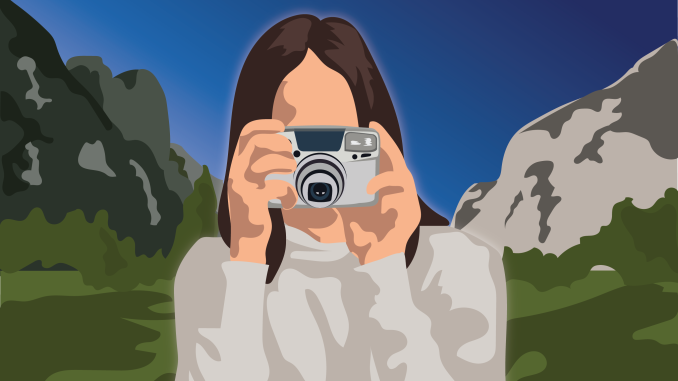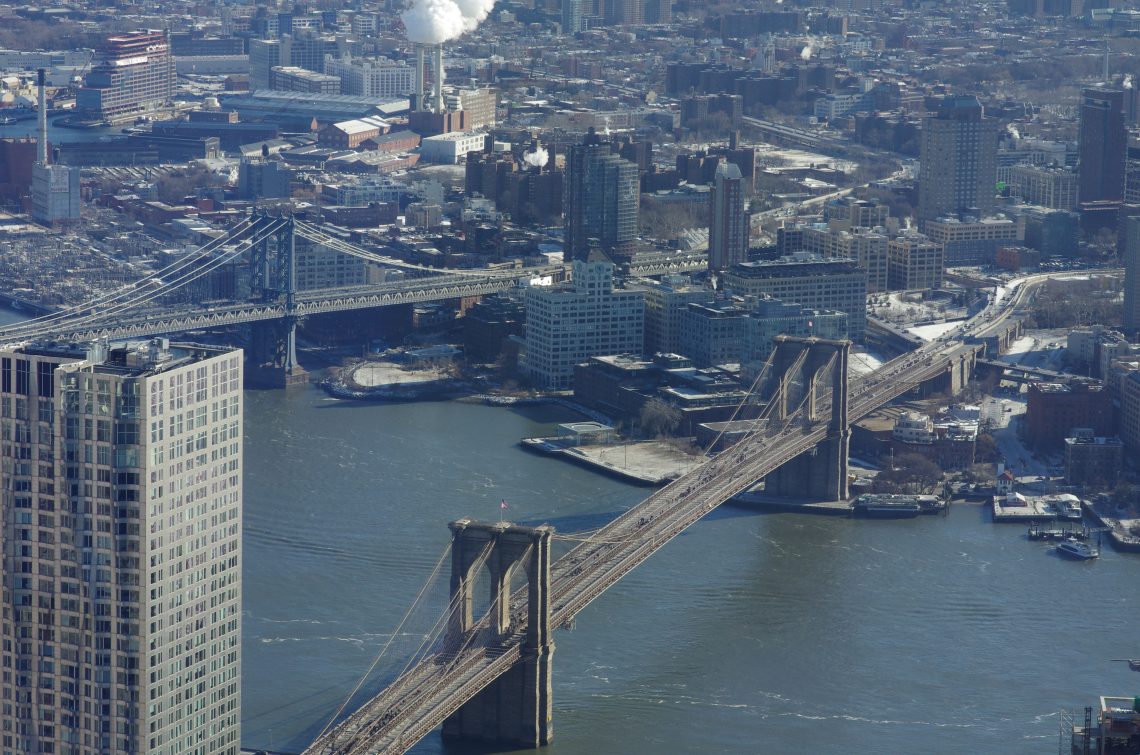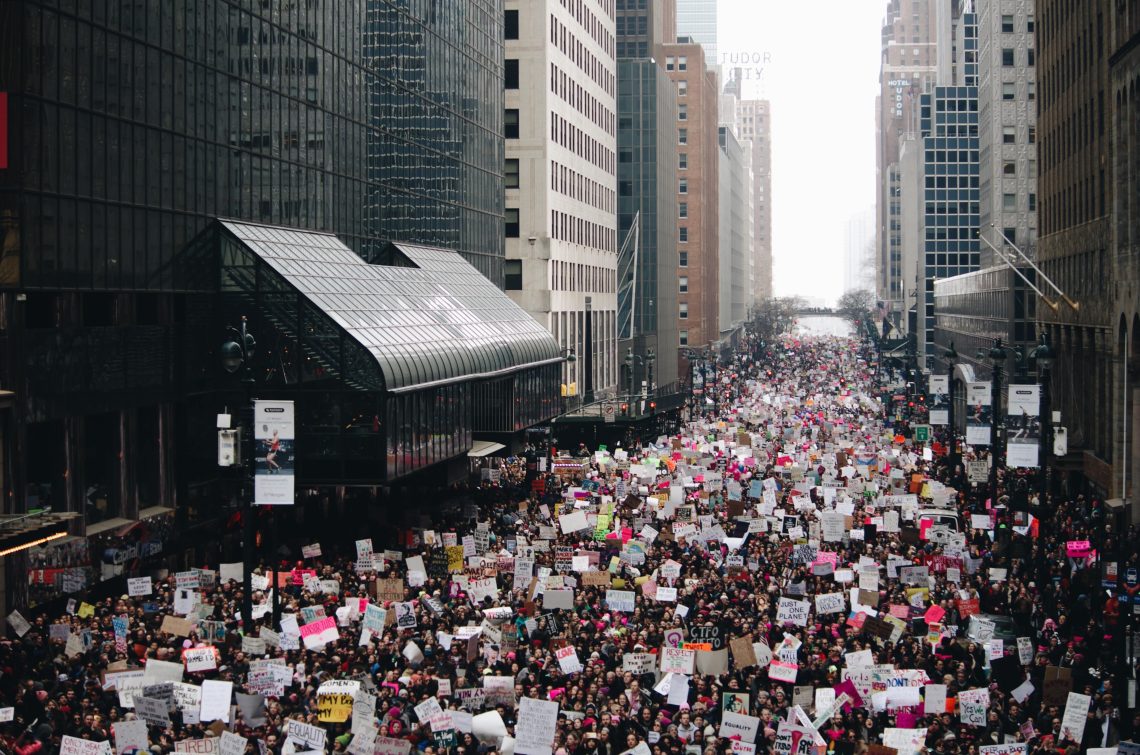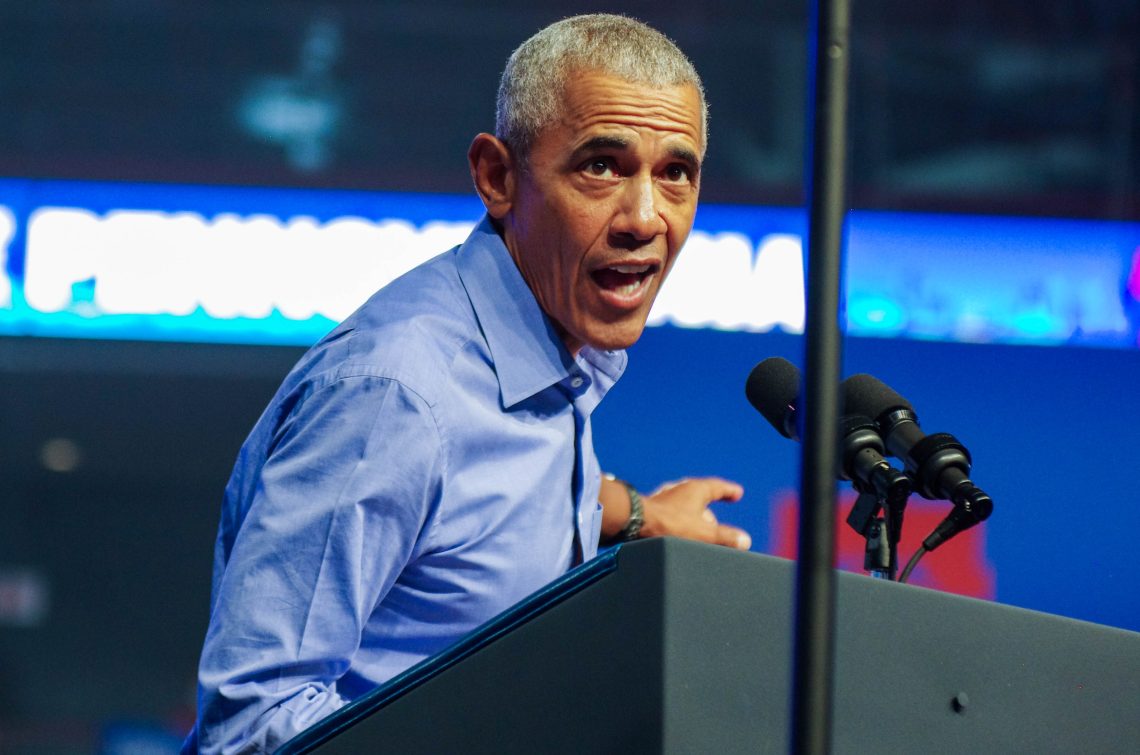
Energy coursed through The Liacouras Center before the main speakers took the stage. I was working for The Temple News photographing President Joe Biden, former President Barack Obama and then-candidates Lt. Gov John Fetterman and Attorney General Josh Shapiro at a rally for the 2022 midterm elections.
“This could be the photo of a lifetime,” I thought, steadying myself as the anticipation began to build.
I moved towards the front of the barricade and aimed my precious Pentax camera at the podium, snapping away as Obama spoke. I pointed my lens toward the faces around me who looked up at him in awe.
For a moment, I lowered my camera and leaned against the barricade, relishing in the opportunity to photograph an American president and other important political figures.
Every few years during my childhood, my grandparents would travel from California to visit my family in New Jersey. When I saw them, they usually brought small gifts from the places they traveled to, like New York or Paris, and other gifts from family members they visited in Connecticut or Virginia.
While my Gammie would bring me glass-blown paperweights or her famous lemon dessert bars, my favorite gift came from my Gampa when I was around eight years old: a small, silver Canon point-and-shoot camera.
When I turned it on, the screensaver was a small yellow finch, and the camera would happily chirp, signaling that it was ready to take pictures. As a child, I spent hours outside admiring wildlife and lush foliage in my rural town. I wanted to be able to keep images of my life in Hunterdon County, New Jersey, forever, and now with my tiny camera in tow, I captured my beautiful home and the yard and the nature surrounding it.
I finally had the option to zoom in on a photo with my Canon, allowing me to take grainy pictures of a woodpecker or an eight-point buck, which I was especially proud of. I’d previously only taken photos on disposable film cameras, limiting the camera settings and the number of images I could capture.
My dad was also an avid photographer and he captured every dance routine during my childhood ballet recitals. I admired his patience and effortlessness when photographing others, and I wanted to emulate this style in my own work.
I impatiently demanded to see every photo after he shot it, but he forced me to wait. Instead, I watched as he attentively assessed and edited every photo on Adobe Photoshop until he found one that was worth my viewing.
On New Year’s Day 2017, my dad took me to New York City on his own personalized photography tour. We woke up early to see the routinely sleepless city in a slumber, still recovering from the New Year’s Eve festivities the night before.

We stopped at iconic locations, like the Brooklyn Bridge and the One World Trade Center, and later that day, he took me to the B & H Photo Video store to window shop. After we got home, he passed down his Pentax K5 to me — the same camera he used to photograph all of my recitals and every vacation or event.
Once the Pentax was mine, I felt like a legitimate photographer. Unlike the Canon point-and-shoot, the Pentax is a DSLR camera that offered more options and I practiced with the different lenses and settings in various locations to perfect my skills.
When I was a freshman in high school, I began taking pictures with my Pentax for my school newspaper, The Lamp. I attended the 2017 Women’s March in NYC and my photos accompanied my first opinion column about the power of protesting. Opening the paper to see my name in the byline and the cutline had me hooked.

During my sophomore year, hundreds of students from my high school marched to the football field in support of March for Our Lives, a student-led movement in support of gun control legislation, following the death of 17 students in a mass shooting at Marjory Stoneman Douglas High School in 2018. I photographed the event for The Lamp, weaving in and out of the crowd and capturing the expressions and reactions of students and teachers.
When Gampa passed the small, silver camera into my hands, I never foresaw the opportunities to capture such impactful moments and human emotions.
My heart skipped a beat once I saw my photos of Obama. He was smiling at the crowd clear as day, my camera was angled directly below him, with large American flags hanging in the background.
I stopped and held my camera up, analyzing the photo. I then smiled back at him, it was the photo of a lifetime.




Be the first to comment